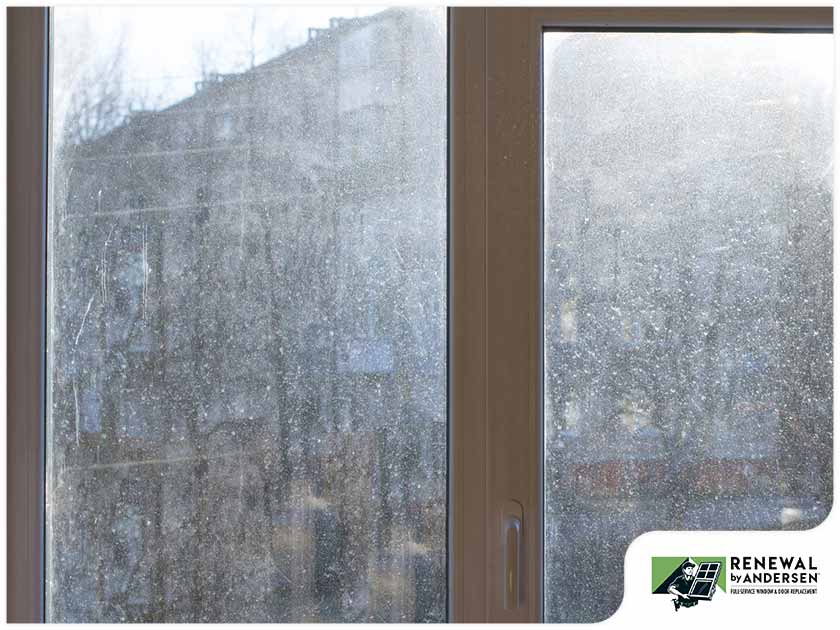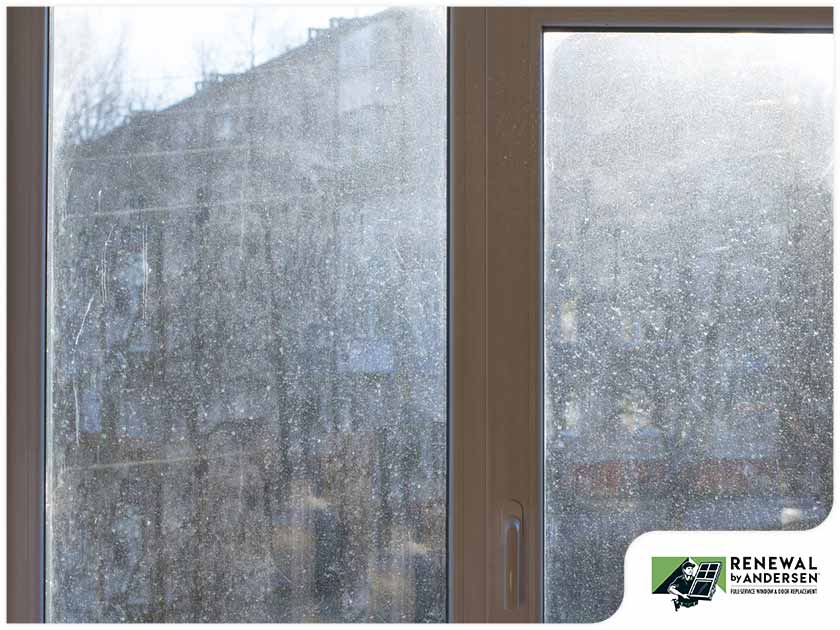

Contrary to what many people think, water is not the same everywhere. In some areas, water can have a high concentration of minerals like calcium and magnesium. This kind of water is referred to as hard water. This so-called hard water, when used to clean windows, can leave a noticeable amount of mineral deposits once the water from the surface evaporates. When left alone and baked under the sun, these spots can be quite difficult to remove, giving your windows an unsightly appearance.

Luckily, with a little know-how and a few items that are probably already in your house, you can get rid of these pesky stains. Here’s how:
1. Prepare a mixture of half vinegar and half water in a large bucket.
2. Soak a clean, soft towel into your solution.
3. Press the damp towel onto a portion of your window, and leave it there for a minute. The acidity in the vinegar should be able to soften up the mineral deposits.
4. After soaking for a bit, wipe your windows in a circular motion until the stains disappear. You may have to repeat this process more than once depending on how tough the stains are.
5. Dry the window with a clean piece of cloth. At this point, you may want to shine your windows with a spray to make them extra sparkly.
If you find the steps listed above a bit of a hassle and don’t feel like repeating them every few weeks, then you may want to invest in self-cleaning windows. Self-cleaning windows have a special hydrophilic and photocatalytic coating that is activated using ultraviolet (UV) rays present in sunlight. The photocatalytic action breaks down organic dirt and prevents them from sticking to the glass.
For all your replacement needs, give Renewal by Andersen® of San Francisco a call at (866) 609-5033. Alternatively, you can fill out our contact form to request a free quote or schedule an appointment with one of our experts today.